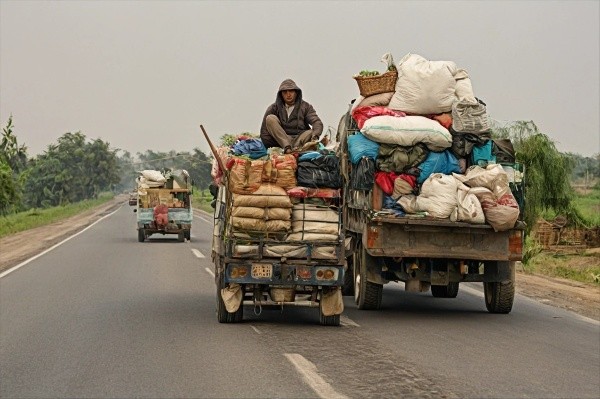Iran’s Plan to Strike Back Against the U.S.
Iran’s Military Preparations Following U.S. Attacks
Loading...

Rebel fighters led by Hayat Tahrir al-Sham say they are ‘at the walls’ of Homs, Syria’s third largest city.
Rebel Gains in Homs
In a dramatic escalation of the Syrian conflict, rebel forces led by Hayat Tahrir al-Sham (HTS) have announced significant advances toward Homs, Syria's third-largest city. On Friday, HTS claimed to have reached the city's outskirts, prompting a mass exodus of residents seeking safety. The rapid offensive has raised alarms as thousands began fleeing toward the western coast, an area still under the control of embattled President Bashar al-Assad.
A commander from the opposition forces stated in a Telegram message, “Our forces have liberated the last village in the vicinity of the city of Homs, and they are now at the city’s walls.” This assertion underscores the intensity of the assault that has seen HTS capturing key towns such as Rastan and Talbiseh in the Homs governorate.
Humanitarian Crisis Unfolds
The Syrian Observatory for Human Rights (SOHR) reported that the ongoing conflict has led to the displacement of thousands of residents. Rami Abdel Rahman, head of SOHR, noted that the fleeing population is making their way toward areas where government forces still hold power. The situation has become increasingly dire, with at least 370,000 individuals displaced across the country since hostilities intensified on November 27, as stated by UN spokesperson Stephane Dujarric. Many of those affected are women and children, highlighting the humanitarian crisis unfolding in the region.
The UN's World Food Programme has warned that the number of displaced individuals could escalate to 1.5 million, further illustrating the scale of the emergency.
Strategic Implications of Homs Capture
Homs holds strategic importance as a vital crossroads linking Damascus with Syria's coastal regions. Should the opposition successfully seize control of the city, it would significantly disrupt supply routes for the Syrian army, potentially altering the balance of power in the conflict. University of Oklahoma professor Joshua Landis emphasized that losing Homs could deal a severe blow to the Syrian military's ability to consolidate control and mount an effective defense.
The Syrian government has responded with increased airstrikes, aiming to thwart the advancing rebel forces. Reports indicate that Russian airstrikes have targeted critical infrastructure, including the Rastan bridge on the M5 highway, an essential route for military logistics.
Regional Security Concerns
As the conflict escalates, regional tensions are also rising. Israel conducted airstrikes on border crossings between Syria and Lebanon, asserting that these attacks targeted weapons transfer hubs utilized by Hezbollah, a group that has pledged allegiance to the Assad regime. These developments have raised concerns about the potential for broader regional instability.
In a meeting in Baghdad, Syrian Foreign Minister Bassam Sabbagh discussed the implications of the opposition's advances with his Iraqi and Iranian counterparts. He described the situation as a threat to regional security and reiterated the Syrian army's commitment to combating opposition forces.
A Changing Landscape
The ongoing conflict has transformed Homs from a symbol of the revolution that began in 2011 into a focal point of violence and instability. Once considered the "capital of the revolution," Homs fell under government control in 2014 after years of siege. The current rebel advances signal a significant shift in the conflict and challenge the Assad regime's authority across the nation.
Al Jazeera’s Resul Serdar highlighted the drastic changes in Syria over the last ten days, noting that government control is increasingly being contested nationwide. As the situation develops, the international community remains watchful, aware that the unfolding events in Homs could set the stage for further conflicts and humanitarian crises in the region.
Editor
Iran’s Military Preparations Following U.S. Attacks
Troops remain in five strategic locations, raising fears of renewed tensions and long-term occupation.
Opposition forces have taken control of the capital after a significant offensive. Here is how it unravelled.
